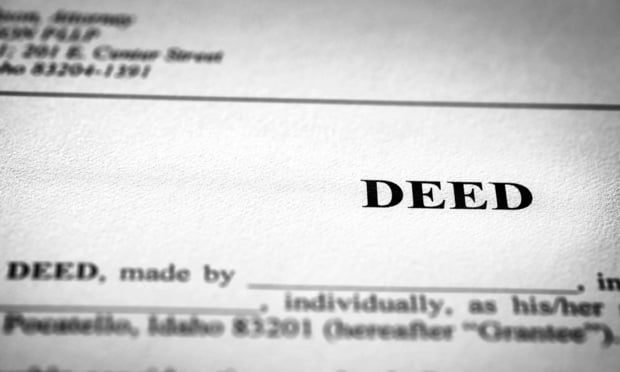Law.com Subscribers SAVE 30%
Call 855-808-4530 or email [email protected] to receive your discount on a new subscription.
The Impact of the Supreme Court's Goldsmith Decision on Copyright Enforcement Against AI Tools
The U.S. Supreme Court's opinion in Andy Warhol Foundation for the Visual Arts, Inc. v. Goldsmith sent ripples through the legal and artistic communities. Months later, legal scholars and art journalists continue to debate whether the decision opens the door for federal courts to act as "art critics." Many, however, downplay how the Supreme Court's decision impacts the ways in which copyright owners may enforce their rights against generative AI tools.
Conversations around generative artificial intelligence (generative AI) are dominating the social stratosphere, as generative AI is regularly atop the headlines within the context of OpenAI's ChatGPT or Google's Bard. By simulating human cognitive thinking, generative AI can produce new types of text, imagery, audio, and synthetic data by using patterns and informational elements obtained from prior works.
Because generative AI often relies on pools of data and third-party creations to create new content, the community at large is concerned that generative AI may, whether intentionally or inadvertently, exploit copyright-protected content to develop purportedly original content. Although not currently being perceived as such, the Supreme Court's decision in Goldsmith just might provide insights on enforcement of copyright against generative AI's misuse of protected works.
This premium content is locked for Entertainment Law & Finance subscribers only
ENJOY UNLIMITED ACCESS TO THE SINGLE SOURCE OF OBJECTIVE LEGAL ANALYSIS, PRACTICAL INSIGHTS, AND NEWS IN ENTERTAINMENT LAW.
- Stay current on the latest information, rulings, regulations, and trends
- Includes practical, must-have information on copyrights, royalties, AI, and more
- Tap into expert guidance from top entertainment lawyers and experts
Already a have an account? Sign In Now Log In Now
For enterprise-wide or corporate acess, please contact Customer Service at [email protected] or 877-256-2473

Major Differences In UK, U.S. Copyright Laws
This article highlights how copyright law in the United Kingdom differs from U.S. copyright law, and points out differences that may be crucial to entertainment and media businesses familiar with U.S law that are interested in operating in the United Kingdom or under UK law. The article also briefly addresses contrasts in UK and U.S. trademark law.

The Article 8 Opt In
The Article 8 opt-in election adds an additional layer of complexity to the already labyrinthine rules governing perfection of security interests under the UCC. A lender that is unaware of the nuances created by the opt in (may find its security interest vulnerable to being primed by another party that has taken steps to perfect in a superior manner under the circumstances.

Strategy vs. Tactics: Two Sides of a Difficult Coin
With each successive large-scale cyber attack, it is slowly becoming clear that ransomware attacks are targeting the critical infrastructure of the most powerful country on the planet. Understanding the strategy, and tactics of our opponents, as well as the strategy and the tactics we implement as a response are vital to victory.

Legal Possession: What Does It Mean?
Possession of real property is a matter of physical fact. Having the right or legal entitlement to possession is not "possession," possession is "the fact of having or holding property in one's power." That power means having physical dominion and control over the property.

The Stranger to the Deed Rule
In 1987, a unanimous Court of Appeals reaffirmed the vitality of the "stranger to the deed" rule, which holds that if a grantor executes a deed to a grantee purporting to create an easement in a third party, the easement is invalid. Daniello v. Wagner, decided by the Second Department on November 29th, makes it clear that not all grantors (or their lawyers) have received the Court of Appeals' message, suggesting that the rule needs re-examination.

